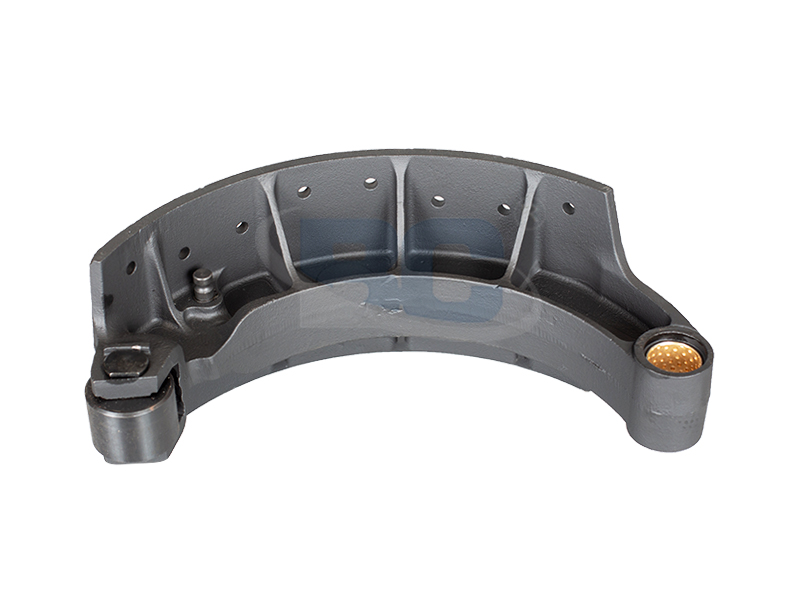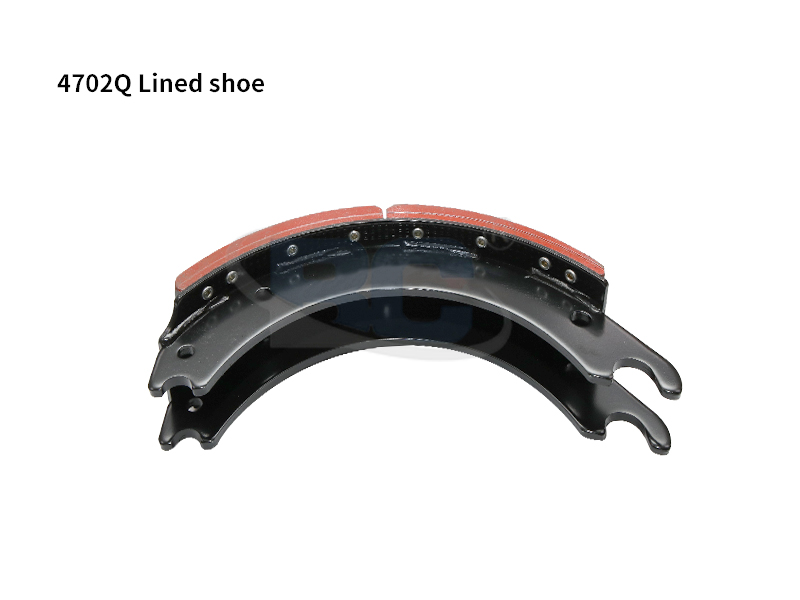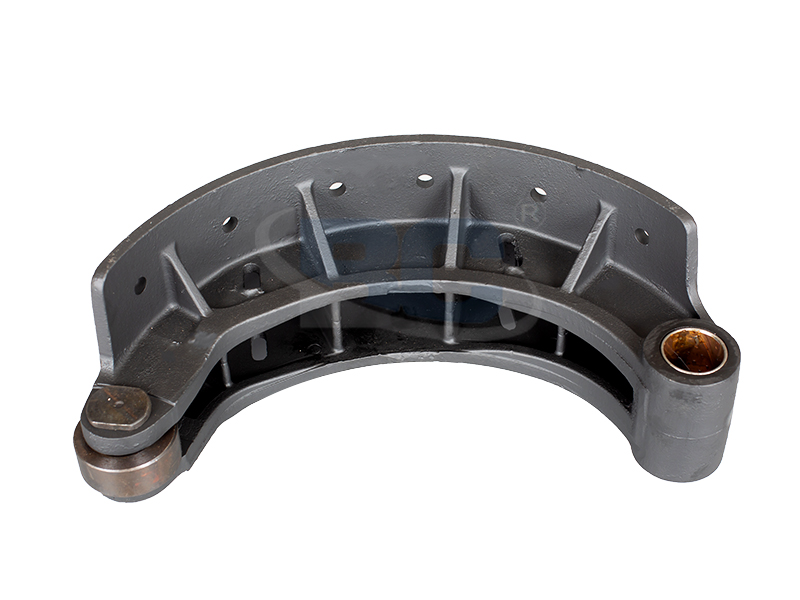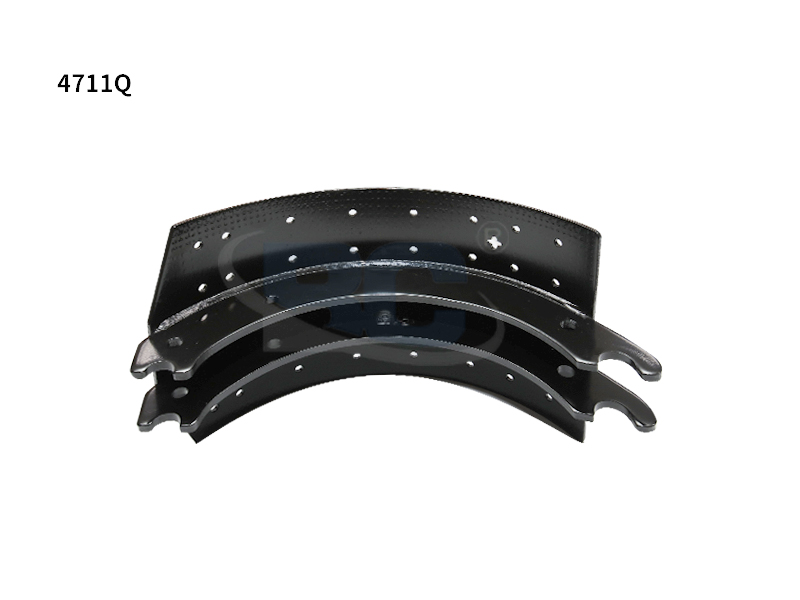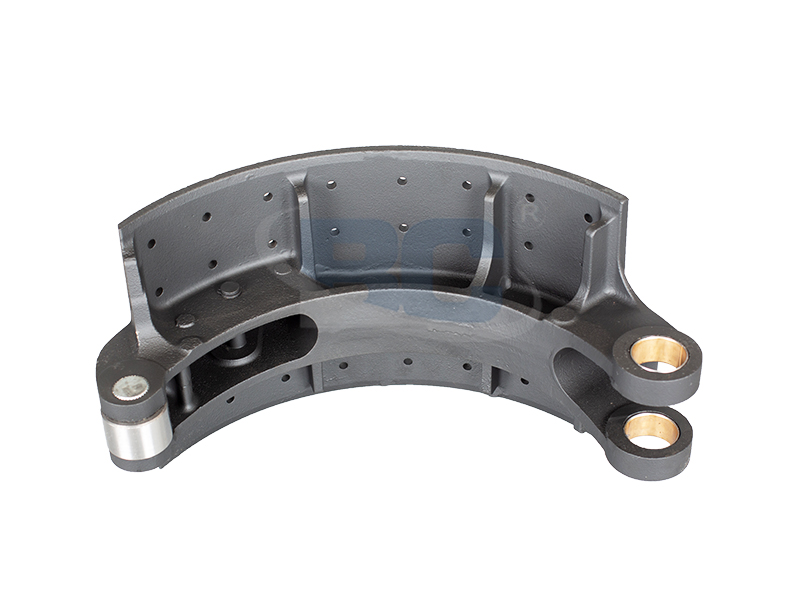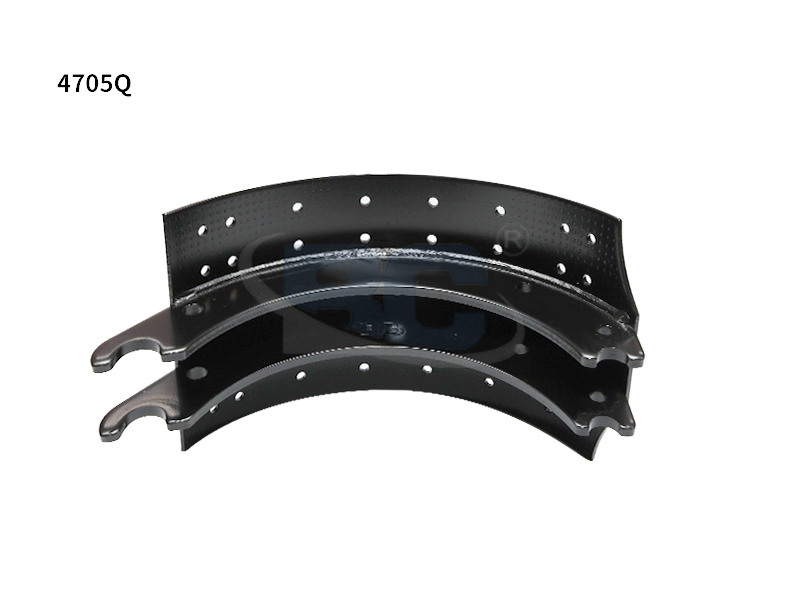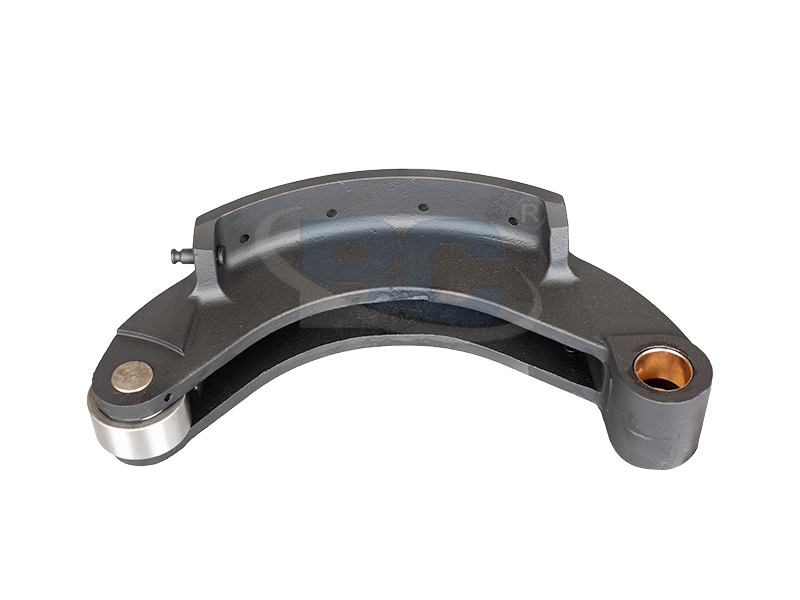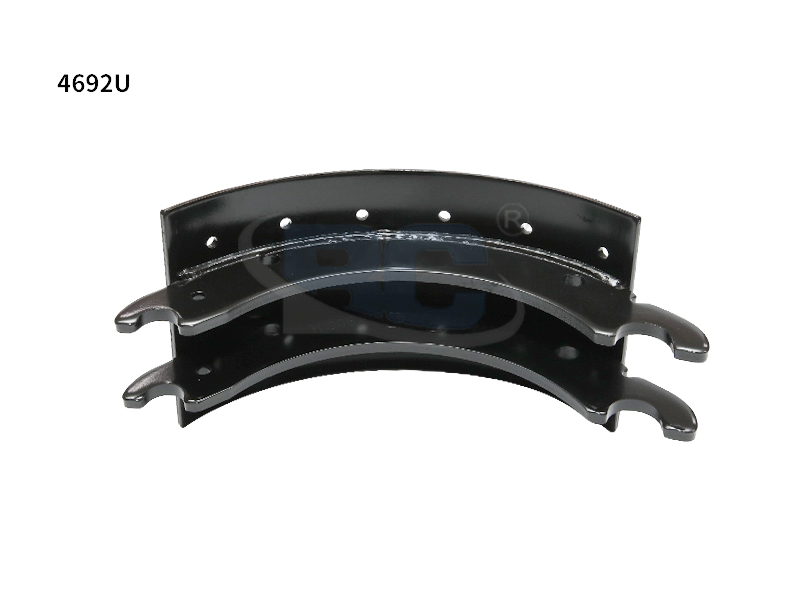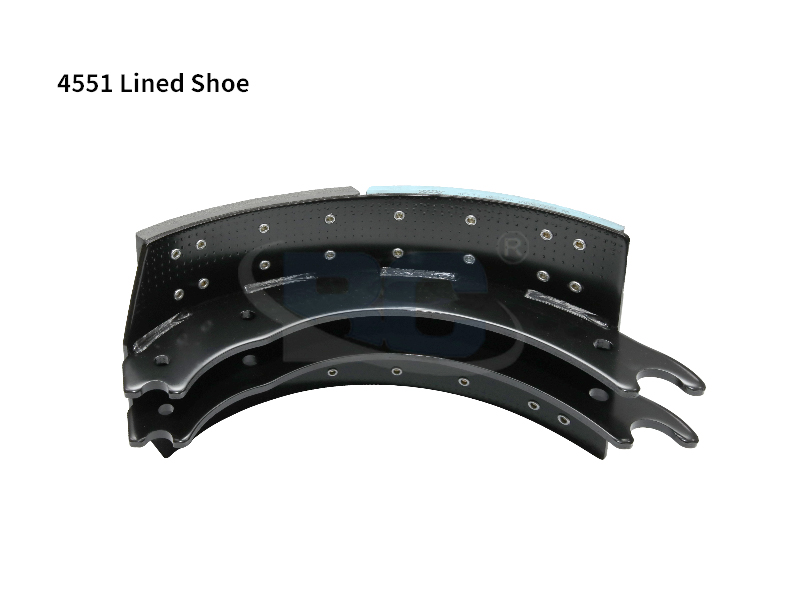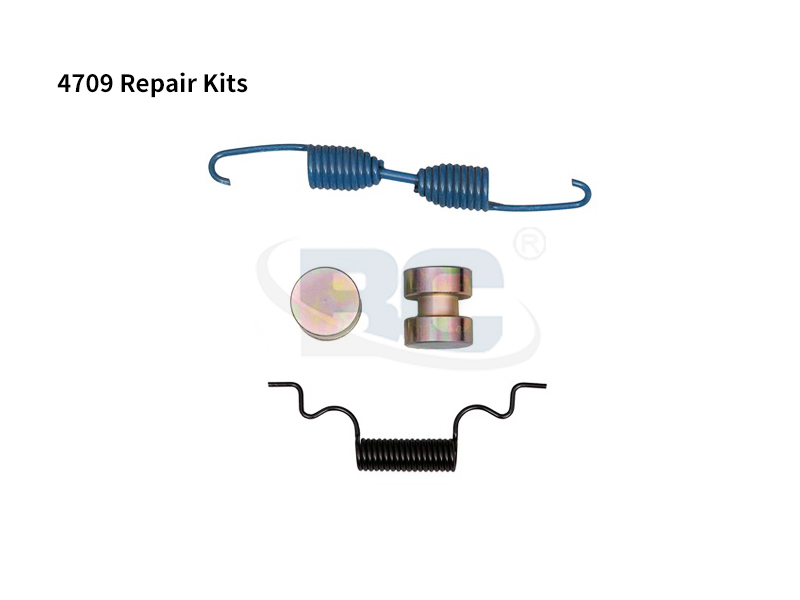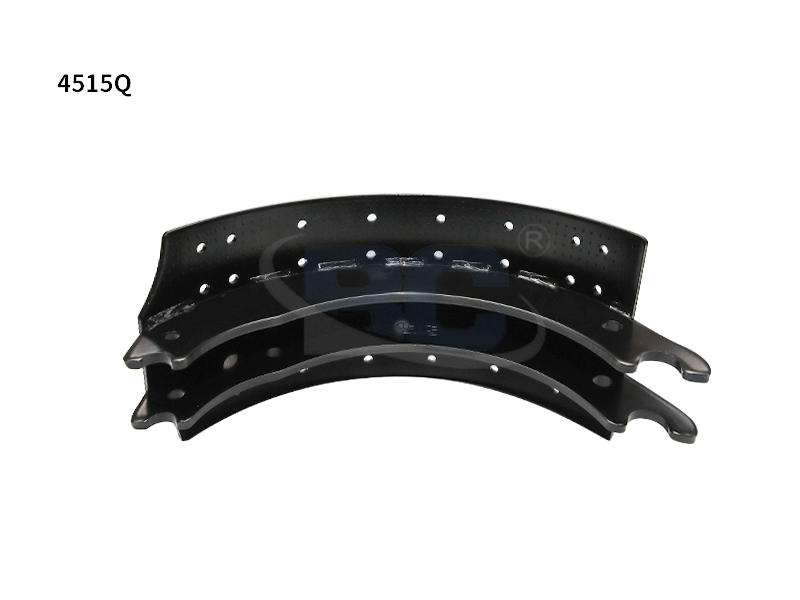The invention of the casted brake shoe assembly refers to the first embodiment of the brake system. The first embodiment of the brake shoe assembly was a tapered tubular steel member that was placed under the wheels to absorb the road shock. Later, the tubular steel was changed into a solid unit that comprised of a backing plate and one or more side plates depending on the type of wheels used. The solid component was then fastened into a threaded part or a slot. Casted brakes are usually lighter than their tubular counterparts since the parts are not encased in a rigid casing.
Casted brakes are normally fastened to the wheels via a cylindrical surface that rotates inside a specialized slot that is shaped like a oblong. The two sides of the cylindrical surface can be oblong shaped, or the surface may also be round shaped with flat faces that help to guide the shoes along the road. To make it easier to install, the separate backing plate and side plates are fastened to the front of the rim of the tires thereby creating a channel that is circular in nature.
A wheel with a solid cylindrical surface and a cylindrical friction material are fitted to the rear of the a stationary drum. The cylindrical friction material may also vary from a smooth and continuous flow to a series of bumps and grooves. This makes the brakes effective even in wet and slippery conditions. The application of brakes may be combined with the use of other mechanisms like the variable angle device or an electric motor.
To make sure that the system functions correctly, several tests must be run. The two most important of these tests are the test to find the pressure and the test to check the adhesion of the brake lining to the cylindrical surface. The pressure test will ensure that the tire is not rubbing too much against the inner rim of the wheel. This will help you to determine that the casted brake shoe is working properly. The adhesion test will allow you to know how well the tire and the steel wheel are adhering to each other.
Although this invention sounds very simple, it took many years of testing and modifications before it became ready for use. A major problem faced during the early testing was that if the rim and the backing plate got in contact, the brake shoe assembly would either split into two or break. Because of this, many minor variations of the original design had to be altered in order to overcome these problems. The basic design used today has a tapered cavity filled with compressed air between the two pieces of steel that forms the inside edge of the wheel. This cavity is also shaped like a square because when this assembly is compressed between two sides, it forms a sharp edge on the inside of the wheel.
One of the most unique features of the casted brake shoe assemblies is that they do not require lugs as they do on conventional brake shoes. However, they also tend to slide on the wheels more easily, especially if the wheels are worn. One of the biggest problems with these systems is that they tend to break under excessive loading or long distance driving because of their design. One of the challenges of the present invention relates to improving the wear characteristics of the components.
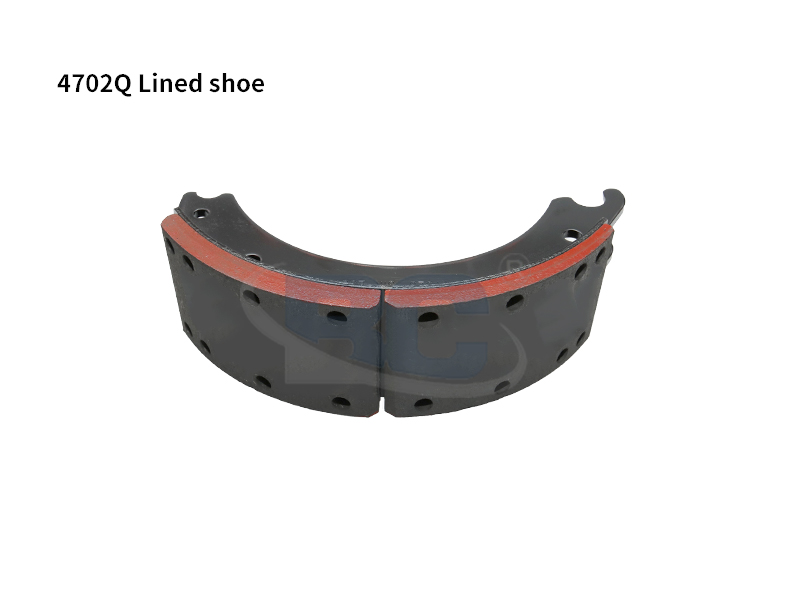

 English
English 简体中文
简体中文